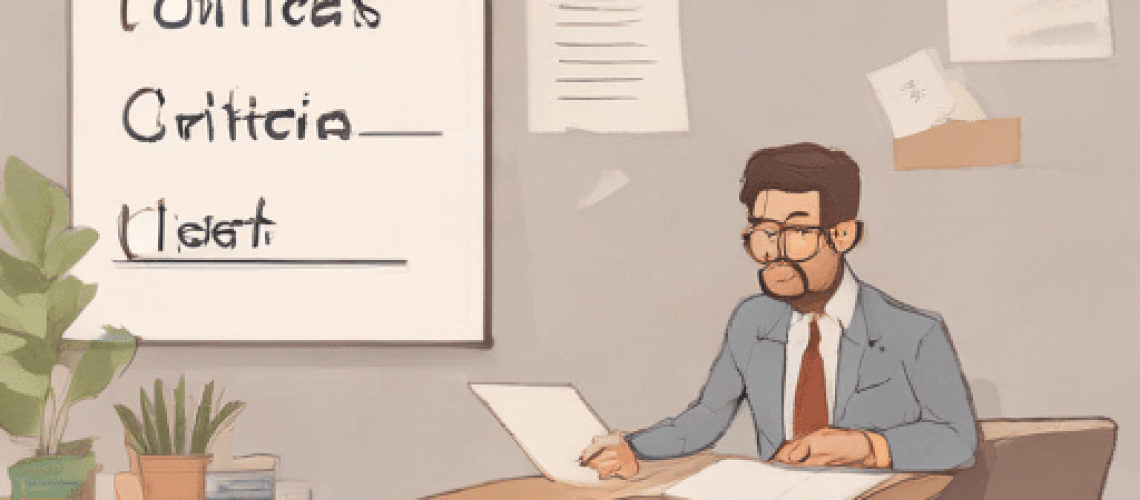A strong leadership team is at the heart of a successful company. In this blog post, we delve into the world of leadership workshops and offer tried and tested tips for designing and delivering them. From clear goals to interactive methods – discover how you can lead leadership teams on an inspiring journey of growth and collaboration with these proven strategies.
Agile Leadership Retrospective | Sprint
Tips: A good agile retrospective in Leadership Teams
Tip 0 – Invest time well: The key to success lies in the management team perceiving the retrospectives as a good investment of time. Only when they recognize that the meetings promote concrete improvements and contribute to efficient working methods will they be open to further retrospectives. This is the true strength of continuous improvement.
Therefore, keep the retrospectives short and concise. Ask simple open questions that relate directly to day-to-day management. For example:
- If we don't reach our goal, why is that?
- What is slowing you down the most right now?
- What is stressing you out the most right now?
1. Set clear goals: Start every retrospective with clear goals. Think about what you want to achieve – be it identifying bottlenecks in the workflow or strengthening the team spirit. For example: set yourself the goal of finding concrete measures to improve communication. The agile manifesto reminds us that collaboration is more important than processes and tools.
2. Promote open communication: Create an atmosphere of trust in which team members can speak freely. Example: Ask questions such as "What went well?" and "What can we do better?" Encourage active participation and emphasize that constructive feedback is crucial for progress.
3. Derive specific action items: Do not make the retro a pure analysis, but derive concrete measures. Example: If communication is the problem, the introduction of regular meetings or the use of collaborative tools could be helpful. The agile manifesto reminds us that reacting is more important than strictly following a plan.
4. Regular follow-ups: The responsibility does not end with the retro. Example: Set regular follow-up dates to review progress and make adjustments. The Scrum Guide emphasizes the iterative nature of agile working – this principle also applies to the management level.
5. Fewer, but good action items: Your goal is not to generate a long list of measures. Concentrate on deriving a single, effective measure. Less is often more. A well-founded and feasible improvement is more valuable than a plethora of ideas that are difficult to implement. Quality over quantity.

Agile Leadership Retrospective | Sprint
Further tips - the right preparation
6. Exchange with the team: Before the retrospective, it can be helpful to consult with a specific person from the leadership team. Discuss which open questions are particularly relevant and can contribute to the current dynamics of the team. This not only creates transparency, but also enables a targeted focus on relevant topics.
7. Enrich the conversation with anonymous surveys: In order to deepen the retrospective findings, good Health Check surveys can be a useful addition. These surveys enable a systematic assessment of the team's condition and help to identify patterns and trends. Combined with the qualitative insights from the retrospectives, they provide a comprehensive basis for continuous improvement in the leadership team. This brings us to the next paragraph...

Agile Leadership Retrospective | Sprint
The perfect tool for your retro
One tool that has been specially developed for conducting agile retrospectives in management teams is Echometer. It even contains special Health Check templates for leadership teams.
Echometer is a digital tool that helps agile team leads with agile retrospectives and team Health Checks. Whether remote, hybrid or on-site: it makes team coaching measurable and professionalizes your work while saving you a lot of work. Just take a look at our website to find out more: www.echometerapp.com.
"If you have the chance to conduct a retrospective in a leadership team - congratulations! It happens (far too) rarely. Seize the opportunity - so that you might soon be able to be active on a regular basis!"
Christian Heidemeyer, Psychologist & Scrum Master
Agile Leadership Retrospective | Sprint
Conclusion - Agile Retrospectives in management teams
The agile retrospective in the leadership team has the potential to optimize collaboration. Set clear goals, promote open communication, consider a variety of perspectives, derive concrete measures and keep the process alive with regular follow-ups. Your agile management team will thank you for it.
Finally, another quick hint: If you would like to know how it feels to develop your team with our tool: You can start an agile retrospective below without logging in, in this case the "Keep, Stop, Start" workshop.
Alternatively, simply forward our website to the responsible colleagues: www.echometerapp.com.







